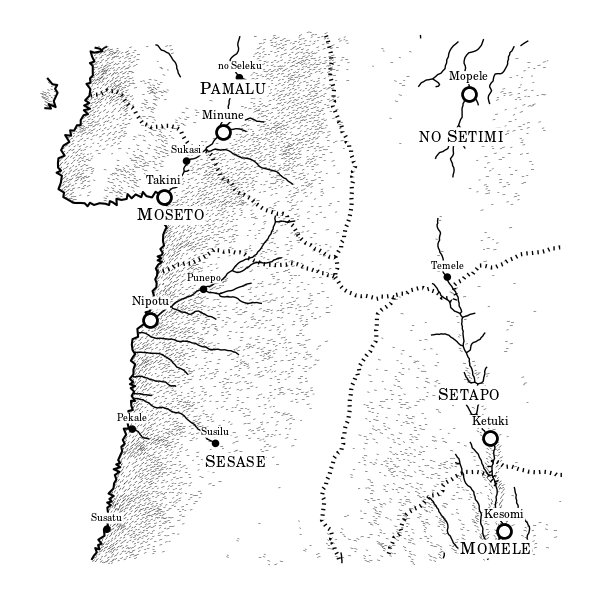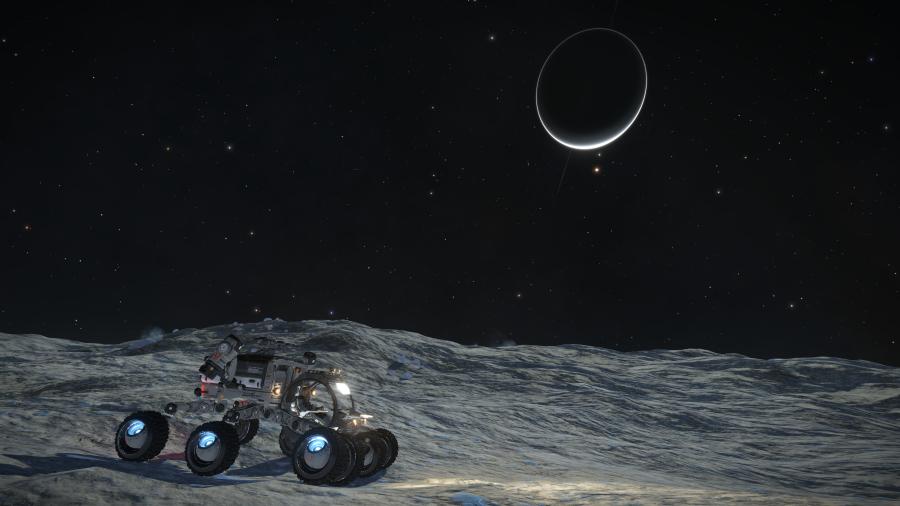This is cool stuff: (Via Atlas Obscura) dynamically creating fantastical maps of places that never existed. I remember creating maps when I was doing D&D worlds; it’s harder than you’d expect, if you’re trying to make something that looks semi-realistic.
Martin O’Leary’s developed a map maker and a place namer tool, that produces maps that look like the old maps in Tolkein’s Lord Of The Rings edition.

[source]

[source]
A traveller, passing into the vast metropolis of Munsontulso, may find hairy teptemekket, the national animal of Tutpotpulu. Somewhat closer to the centre of the city, a traveller will begin to hear the clanging of the bastion clock. Eventually the bouquet of kekutpomnupun bushes fills the wind, and one has undoubtedly arrived.
Castalia House has published worse than that; maybe soon we’ll have a robot Chuck Tingle story generator. (Or maybe Chuck Tingle already is an AI)

Terragen render “Overhanging cliff” by Archer Designs [source]
I imagine that one could have a great time with a map generator like O’Leary’s and a fractal landscaper like Terragen. Then wire it up to an engine like the one that drove Populous, and you’re a god like Ray Kurzweil expects us all to be, real soon now.

Saturn rising over Enceladus (Elite Dangerous)

O’Leary’s also written a bot that sloganizes and creates billboards for fake political candidates. I’m fooled: they don’t look and sound much different from real fake political candidates. [twitter]

real fake political candidates
Like Hillary?
https://www.businessinsider.com.au/hillary-clinton-slogan-why-run-because-her-turn-2017-4?r=US&IR=T